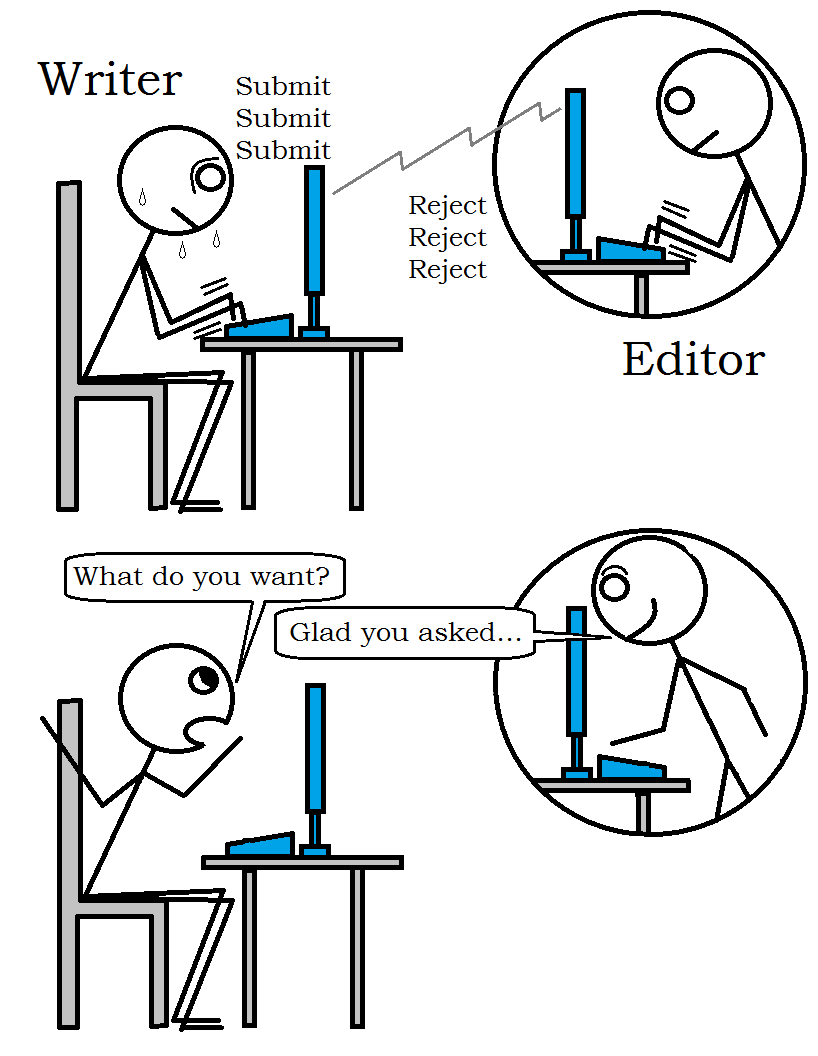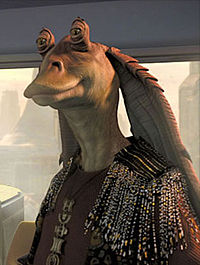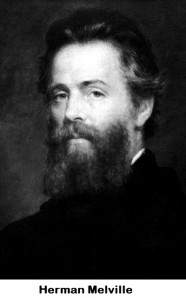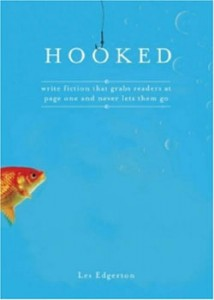In 1895, Mark Twain published “Fenimore Cooper’s Literary Offenses,” a lengthy criticism of James Fenimore Cooper’s writing, especially his novels The Pathfinder and The Deerslayer. Since it’s one of the more famous examples of literary criticism, let’s explore it, as well as the overall reasons for such criticism.
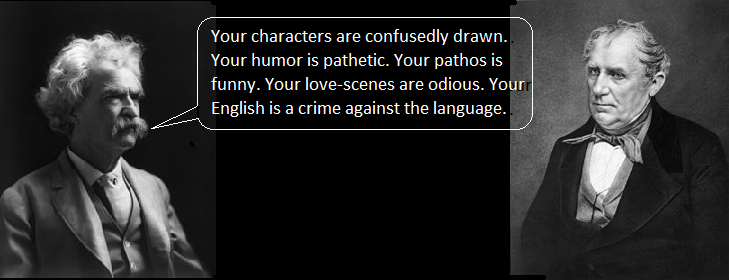 In Twain’s acerbic style, he starts by accusing three Cooper-praising reviewers of never having read the books. He then lays into Cooper, saying, “…in the restricted space of two-thirds of a page, Cooper has scored 114 offenses against literary art out of a possible 115. It breaks the record.” Twain asserts there are 19 or 22 rules “governing literary art in domain of romantic fiction” and says Cooper violated 18 of them. He lists those 18 rules.
In Twain’s acerbic style, he starts by accusing three Cooper-praising reviewers of never having read the books. He then lays into Cooper, saying, “…in the restricted space of two-thirds of a page, Cooper has scored 114 offenses against literary art out of a possible 115. It breaks the record.” Twain asserts there are 19 or 22 rules “governing literary art in domain of romantic fiction” and says Cooper violated 18 of them. He lists those 18 rules.
Twain scorns Cooper for over-using certain favorite “cunning devices, tricks, artifices.” He also slams Cooper for some improbable events involving shore water undertows, cannon ball rolling, and footprint erasure by erosion.
At length, Twain ridicules Cooper for creating a forest stream of varying breadth, for conjuring a boat so big as to be unlikely to navigate the stream, and for having five Indians lay in wait for this giant craft and yet miss it when attempting to jump aboard. For several paragraphs, Twain then takes Cooper to task for scenes involving implausible target-shooting with rifles, and eyesight beyond human capability.
In Twain’s judgement, Cooper’s dialogue is inconsistent, and his word choices “dull” and “approximate.”
That’s the summary version of the “Literary Offenses.” Twain’s writing style is humorous and satirical, making the essay fun to read and accounting for its lasting popularity.
Once published, Twain’s essay itself became subject to criticism, and one fine example of this is “Fenimore Cooper’s Literary Defenses,” by Lance Schachterle and Kent Ljungquist of Worcester Polytechnic Institute. Schachterle and Ljungquist take Twain to task for attempting literary criticism while accomplishing little more than sniping at the physics of certain scenes. Twain, they say, gets some of his physics wrong, and in the case of the river craft and the awaiting Indians, fills in his own details to prove that Cooper’s scene wouldn’t work.
Laying aside the particulars of the criticisms, why would Twain write such an essay at all? Cooper couldn’t respond, having been dead some forty-four years. (In fairness, Twain didn’t reserve his barbs only for deceased authors. He criticized his contemporaries George Eliot and Robert Louis Stevenson as well.) That gap in time is illustrative, since Cooper wrote in the Romantic style, a style no longer in vogue in Twain’s time.
Was Twain trying to tarnish Cooper’s reputation? That was unlikely to suffer, Cooper having become a best-selling author whose works remained popular well into Twain’s era, and even now.
I suspect Twain, like many writers, chafed at the inexplicable popularity of other authors who didn’t write the way he did. In a sense, he’s criticizing the book-buying public. He’s saying, “Americans, here are the rules for literature, and I adhere to them in my stories. Why do you keep buying books by Cooper, who violates them at every turn?”
Still, who can explain why readers line up to buy certain books and ignore others? What makes a book popular? Strict adherence to Twain’s self-imposed rules doesn’t seem to be the answer; otherwise, we’d be reading little else but Twain.
Similarly, Jules Verne criticized H. G. Wells’ book The First Men in the Moon for using a fictional anti-gravity metal. Wells did not obey rules Verne imposed on himself, and Verne couldn’t understand why readers would accept that.
Authors are free to comment on other authors, of course, but should be wary of applying their own criteria of merit on others, or of assuming readers use those same criteria in their book-purchasing decisions.
I must admit, I’m glad Mark Twain never had the chance to criticize any books by—
Poseidon’s Scribe
One more thing: remember Smashwords is selling many of my books at ½ price through the end of this month. These deals don’t come along often. Buy two or more!

